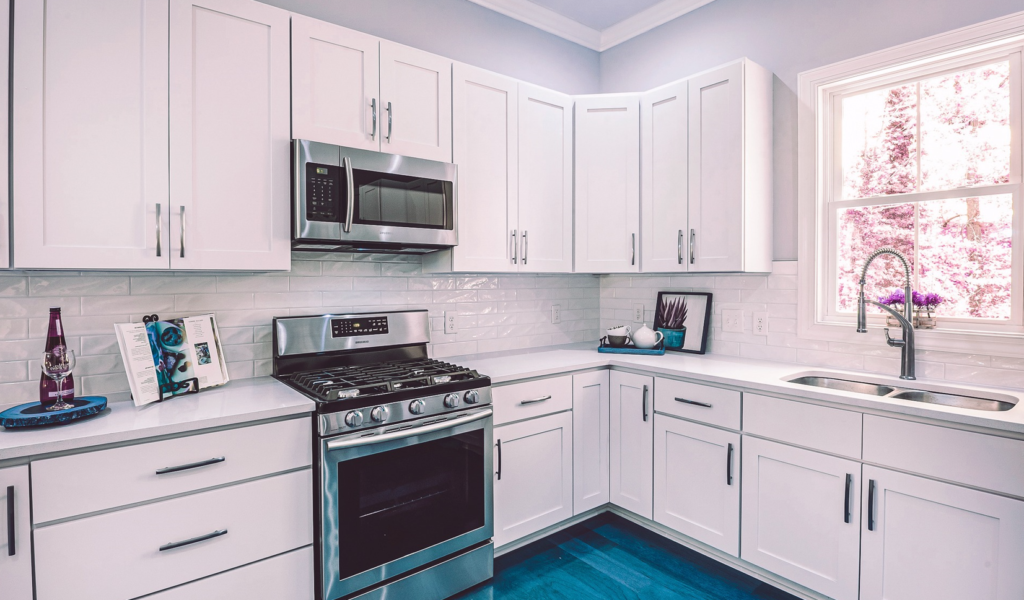A buy-to-let property investment has long been considered as a great way to generate passive income and build wealth over time. However, before diving in, there are several important factors to think about. In this mini guide, we’ll explore the key things to know about a buy-to-let investment including financial considerations and how to choose the right property.
Let’s get started on your journey towards becoming a successful property investor and making buy-to-let work for you.

Explanation of a buy-to-let investment
‘Buy-to-let’ is a type of investment where you purchase a property with the aim of renting it out to tenants. The goal is to generate passive income through rental payments while the property (hopefully) also increases in value over time.
This type of investment can be an excellent way to diversify your portfolio and create a steady stream of income. However, it’s important to consider financial factors such as the minimum deposit required and mortgage repayments, as well as understanding rental yields and any ongoing costs associated with being a landlord.
Benefits of buy-to-let investment
With proper research and planning, a buy-to-let investment can be a lucrative opportunity for investors looking for long-term returns.
One of the most significant advantages is the potential for long-term capital appreciation, as property values tend to increase over time.
Additionally, rental income from tenants can provide a steady stream of cash flow each month, which can help cover mortgage payments and other expenses associated with property ownership/being a landlord.
For many people, this type of investment can also provide an opportunity for diversification within their existing portfolio but it’s important to carefully consider financial factors and do thorough research when selecting the right property to invest in.
Financial considerations
Before committing to this type of investment, it’s crucial to carefully consider your financial situation and the costs/risks associated with property ownership.
Some key financial considerations include:
1. Down payment: You’ll typically need to provide a down payment of at least 25% of the property’s value for a buy-to-let mortgage. This is more than what you would be expected to put down if you were applying for a conventional residential mortgage.
2. Mortgage payments: You’ll need to factor in mortgage payments, which can be higher for investment properties than for primary residences.
3. Maintenance and repairs: As a landlord, you’ll be responsible for maintaining and repairing the property, so it’s important to budget for these costs.
5. Insurance: You’ll need to have landlord insurance to protect against potential damages or liability issues.
6. Vacancy periods: It’s essential to consider the potential for vacancies, as periods without tenants can impact cash flow and overall profitability.
Choosing the right property
Choosing the right property is crucial when investing in buy-to-let. Location is key, so consider areas with good transport links, amenities, and potential for consistent rental demand. Look for properties with a good layout and desirable features such as outdoor space or parking.
It’s also important to factor in any necessary repairs or upgrades before purchasing. A property that requires extensive renovations can quickly eat into your profits. Consider hiring a professional property inspector to assess the condition of the building before making an offer.
Think about your target tenant demographic and what they’re looking for in a rental property. Furnishing the property could attract higher-paying tenants but will require additional investment upfront.
Understanding rental yields
A rental yield is the annual income generated from renting out your property as a percentage of the property’s value.
To calculate rental yield, divide the annual rental income by the property’s purchase price and multiply by 100. For example, if you purchased a property for £300,000 and it generates £24,000 in rent annually, your rental yield would be 8%.
Investors should aim for a high rental yield to maximise their return on investment. However, it’s important to balance this with other factors such as vacancy rates and maintenance costs.
Researching comparable properties in the area can give you an idea of what rental yields to expect. Remember that rental yields can vary depending on location and type of property. For example, properties in high-demand areas may have lower yields due to higher purchase prices.
Consideration of maintenance costs
Aside from rental yields, another crucial factor to consider is the cost of maintaining the property. It’s important to set aside funds for ongoing repairs and upkeep to ensure the property remains attractive to tenants and retains its value.
Maintenance costs can vary depending on the age and condition of the property, as well as any upgrades or renovations that may be necessary.
Investors should also consider hiring a property management company to handle maintenance and repairs on their behalf. This can help ensure that issues are addressed promptly and efficiently, minimising overall costs in the long run.

Buy-to-let mortgages
A buy-to-let mortgage is a type of loan that enables investors to purchase a property with the intention of renting it out. These mortgages are designed specifically for landlords and typically have higher interest rates and fees than traditional home loans.
To qualify for a buy-to-let mortgage, lenders will typically require investors to have a good credit score and a significant deposit. The size of the deposit required can vary depending on the lender, but it’s not uncommon for them to ask for at least 25% of the property’s value.
Importance of credit score for obtaining a buy-to-let mortgage
When it comes to obtaining a buy-to-let mortgage, your credit score plays a crucial role. Lenders will use your credit score to assess your financial history and determine the likelihood of you being able to make timely payments on your mortgage.
A good credit score is essential for securing a competitive interest rate and favourable terms on your buy-to-let mortgage. If you have a poor credit score, you may still be eligible for a buy-to-let mortgage, but you may face higher interest rates and fees.
Is buy-to-let right for you?
Investing in a buy-to-let property can be a lucrative opportunity for many people – but as with most things, the chance of success will be enhanced if thorough research is undertaken before making any key decisions.
With careful planning and consideration, investors can make informed choices that yield positive results.